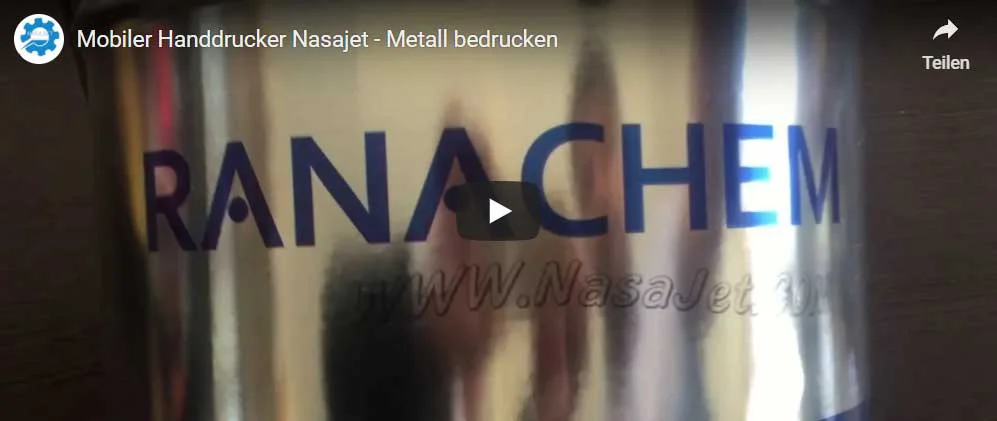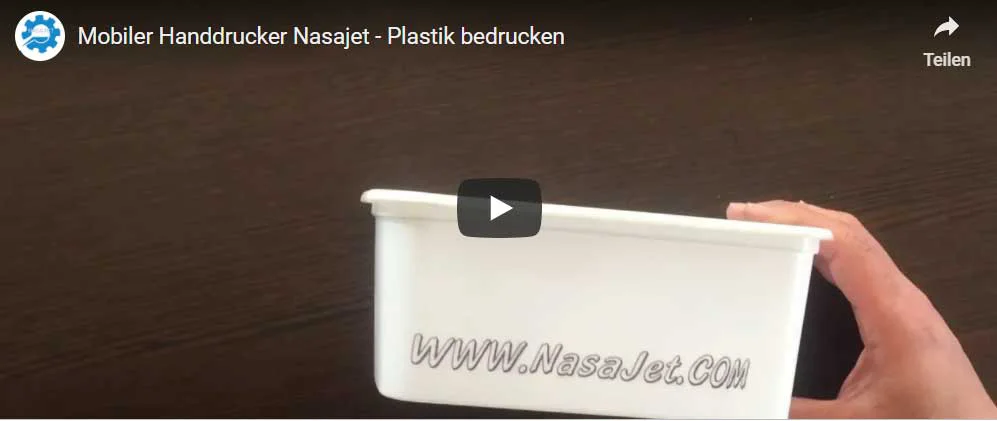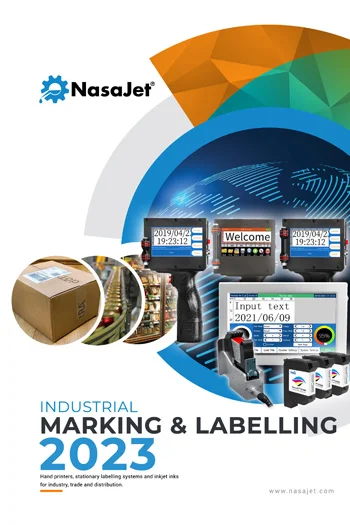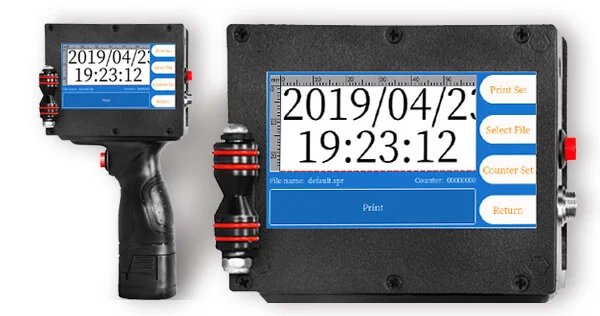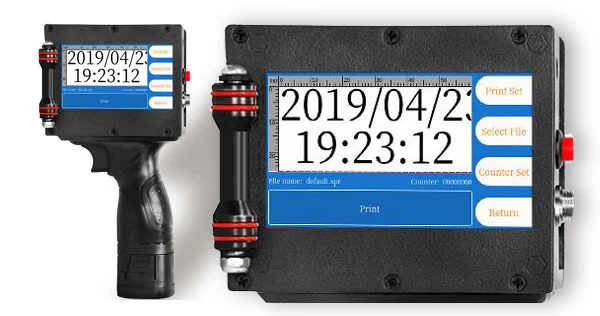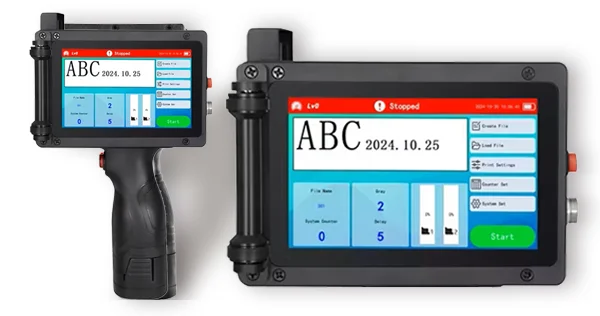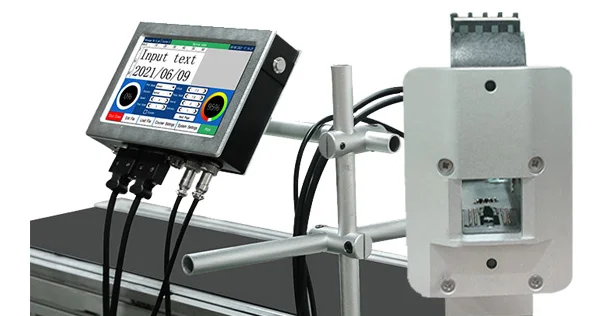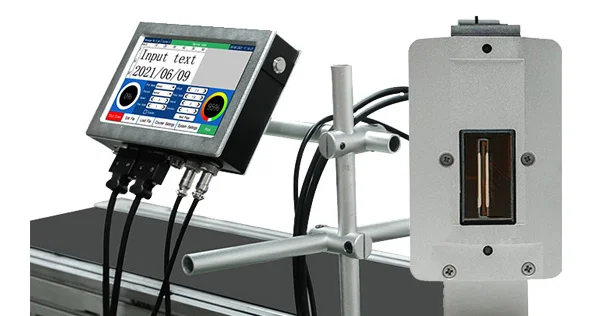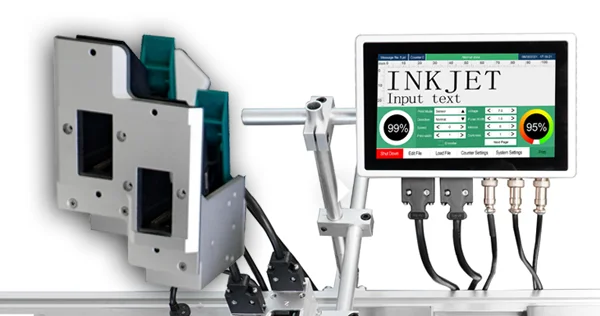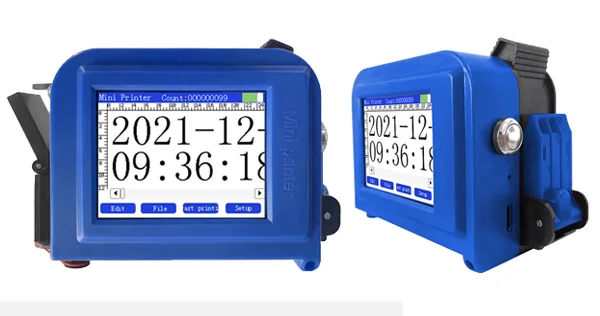-
Geotechtronics GmbH
Pollinger Str. 3 • D-82362 Weilheim i.OB -
Office hours
Mo-Sa: 9:00-18:00
Fast product labelling by hand or automated
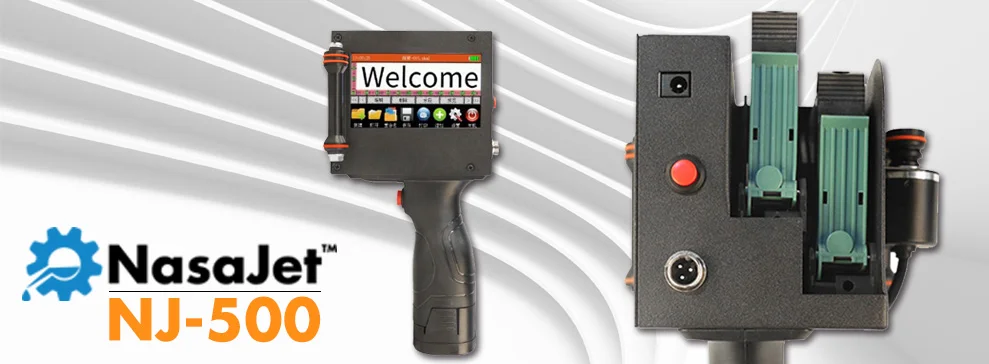
Product labelling is an important component of today's economic activity. On the one hand legal requirements, for example by indicating production and expiry dates, but more extensive consumer information (weight consumer information (weight, dimensions, origin,...) is gaining in importance. Frequently, however, this information is not static, but has to be dynamically, so that they cannot be indicated as part of the product packaging. This can include changing nutritional information for organic products, but of course also production information. This can include changing nutritional information for organic products, but of course also the place of manufacture or, quite classically, the best-before date for perishable goods. Often such such information on additional outer packaging, such as plastic film or cardboard packaging, or even on adhesive labels, which then have to be applied to the product manually or automatically.
What is often very manageable on a large industrial scale and also hardly noticeable economically can quickly become problematic for smaller or emerging market participants. or emerging market participants quickly become problematic. Small organic farms are of course subject to the same regulations for product labelling as their large "competitors", but naturally do not have the same personnel and financial resources. Many other affected industries can also be imagined here - the local carpenter who has to mark components of a roof truss for the construction, artisans who have to document limited series with corresponding serial numbers, and so on. and so on. Product labelling with hand-held printers or flexibly installable printing units allows quick help here.
Product labelling with hand printers
Due to their design, mobile hand printers are perfect for manual product labelling of small to medium-sized batches.
They work according to the inkjet principle and thus allow labelling even in places that are difficult to access (e.g. the inside of
concrete components). A hand-held printer is moved directly along the object to be printed and the printing process is started (manually,
automatically, sensor-controlled). Since the print head does not touch the substrate itself during product marking, virtually all types
of surfaces can be printed. As is necessary for product labelling, inks also exist for all conceivable materials. This means that not
only cartons or plastic film can be but also other surfaces made of wood, concrete, metal, rubber, glass or many more. A large
selection of special inks even allows unusual applications, for example with UV ink or weather-resistant inks.
As product labelling often requires complex data, handheld printers such as our NasaJet® series can print text, dates, sequential serial numbers, barcodes, QR codes and monochrome graphics. serial numbers, but also bar and QR codes or monochrome graphics. Even dynamic barcodes and QR codes are possible. The print data is created and stored directly in the data is created and stored directly in the unit. External data such as logos or graphics can be imported via a USB interface. or graphics can be imported, or backup copies of the print data can be created for documentation purposes. Internal counters allow you to keep track of overview of the printed volumes.
Printing costs always remain economical. Ink cartridges developed for Hewlett Packard's TIJ technology with built-in There are countless manufacturers for the TIJ technology developed by Hewlett Packard and thus constant availability at fair prices.
Examples for hand printers Product labelling
The following YouTube videos set cookies as soon as they are clicked on. By clicking you agree to the setting of cookies.
Metal
Plastics
Product labelling with fixed printers
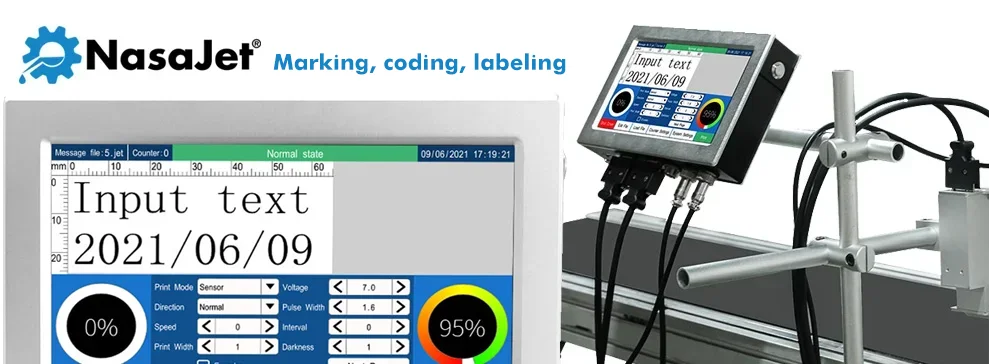
Fixed installation devices for product labelling, such as our NasaJet® NJ-2000, are easily integrated into existing production lines. Control and printing units are independent of each other and can be flexibly positioned in relation to each other. They take up very little space. If necessary, the installation can also be quickly converted or removed again. They also allow simultaneous printing from different positions. This often eliminates the need to turn or position the print objects in advance.
Here, too, the proven TIJ technology is responsible for ensuring that economic efficiency is always at the forefront.
Frequently asked questions about product labelling
What is the purpose of product labelling?
Product labelling results primarily from legal requirements for mandatory information that must be provided for certain products. But of course product labelling also serves logistical purposes or general consumer information.
What are the advantages of product labelling with the hand printer?
Hand printers have the advantage that they can be used quickly and easily for product labelling of small to medium-sized batches. small to medium-sized batches. They are particularly suitable for product labelling in places that are difficult to access, e.g. on the inside of concrete pipes or if the labelling location has to vary frequently due to product characteristics.
What product labelling information can be printed?
The NasaJet® handheld printer can print text as well as sequential serial numbers, barcodes, QR codes or monochrome graphics.






